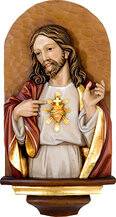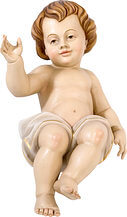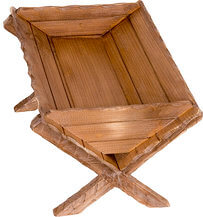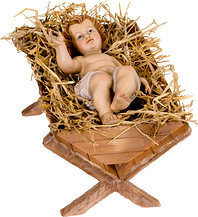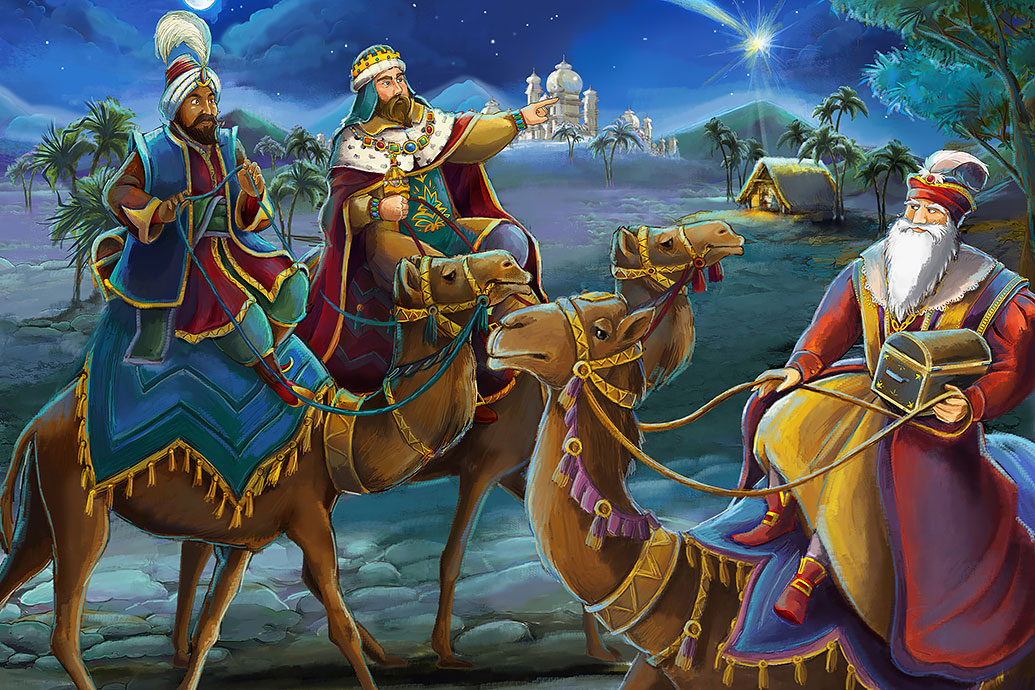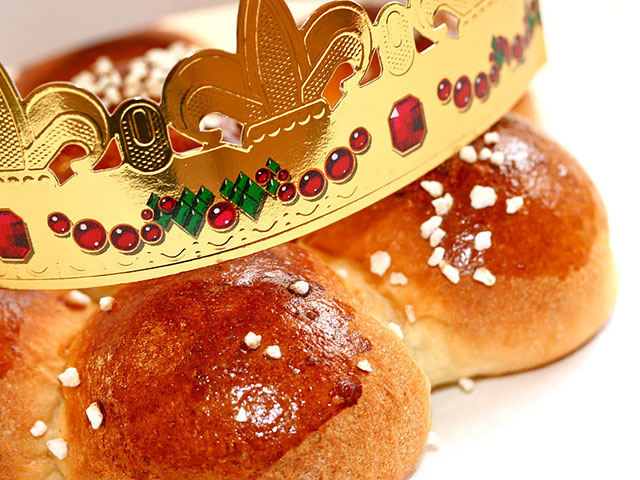Those who study the history of the Three Kings will soon realize that these are mainly religious myths, sagas and legends handed down. The Catholic Church venerates the "Three Kings" as saints and celebrates them with the feast of the Apparition of the Lord on January 6. Who were these wise men of the East and what are the traditions around the Epiphany or the feast of the Three Kings?
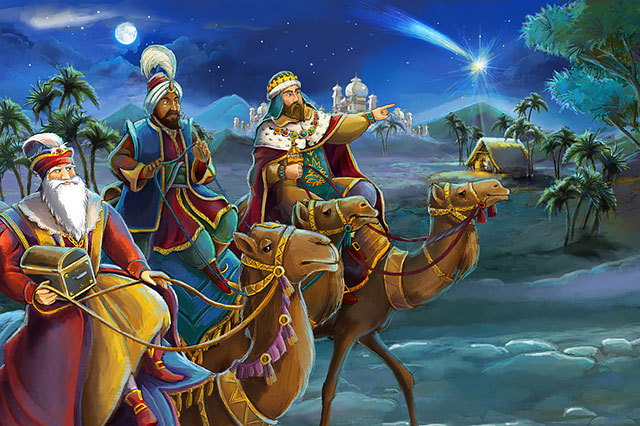
Table of contents
- Gaspar, Melchior and Balthasar: Who were the three wise kings?
- The three wise men: the meaning of names
- History or origin of the Epiphany
- The symbolism: why 3 Kings?
- Three Wise Men's Day: Habits and customs, tradition and peculiarities
- The Three Kings Games
- Carol's songs
- The Epiphany
- Islands of Epiphany
- Epiphany cake
- Information about the feast of the Epiphany
- FAQ: The most important facts about the Three Kings in brief
Gaspar, Melchior and Balthasar: Who were the three wise kings?
The actual existence of the three wise men of the East could never be proven. Therefore, the attempt to explain them is subject to many interpretations, suppositions and conjectures. It is certain that the Three Wise Men in a crib are popular Nativity figures.
Gaspar, Melchior and Balthasar have gone down in history as the Three Kings. They are an essential part of every Nativity set and are among the most significant figures.
Nativity set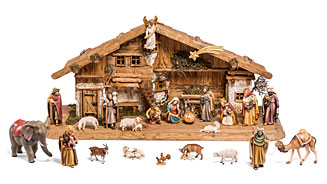 | Nativity figures set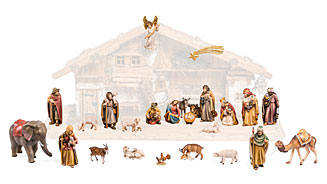 | Stables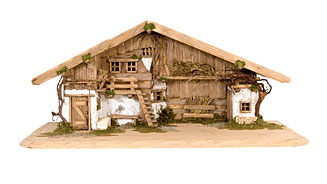 |
The three men came from the so-called East, now from the Middle East. Their costume, described as oriental, indicates that they came from Persia. There, the sages were probably astrologists. In this function they observed the rise of a new celestial star at Christmas time.
This star appeared in the sky with a bright tail and, according to modern scientific studies, probably was not a comet, but a close encounter of the two planets Jupiter and Saturn. Other interpretations describe sages as wizards and sorcerers who had a belief in the supernatural, or as alchemists and therefore as healers.
Many legends intertwine around the lives of the three men, whose appearance is usually described as quite rich. One of them says that each of them was named bishop from Apostle Thomas. In addition, they are said to have worked as successful missionaries and died one after the other.
According to another legend, the Magi were buried in a common tomb, which is said to have been found by St. Helena in 326. In July 1164 the bones arrived in the Cathedral of Cologne, where since then they rest and are venerated as relics in the sanctuary of the Magi.
The three wise men: the meaning of names
The name Gaspar comes from Persian and means something like "treasure keeper" or "treasurer". Gaspar is often depicted in images as an African with dark skin color and presents myrrh as a gift. Myrrh is a symbol for humanity and is in some interpretations also associated with the later suffering of Jesus.
Melchiorre is a Jewish name and stands for "King of Light". He has European characteristics and brings gold as a gift. Gold is considered the most precious commodity worthy of a king, the Son of God.
The name Balthasar also comes from Hebrew and means "God save his life" or "God will help"". Translations of the name from Ancient Syrian also read "God save the king. It is associated with an Asian origin. He carries incense, which is considered a divine symbol.
History or origin of the Epiphany
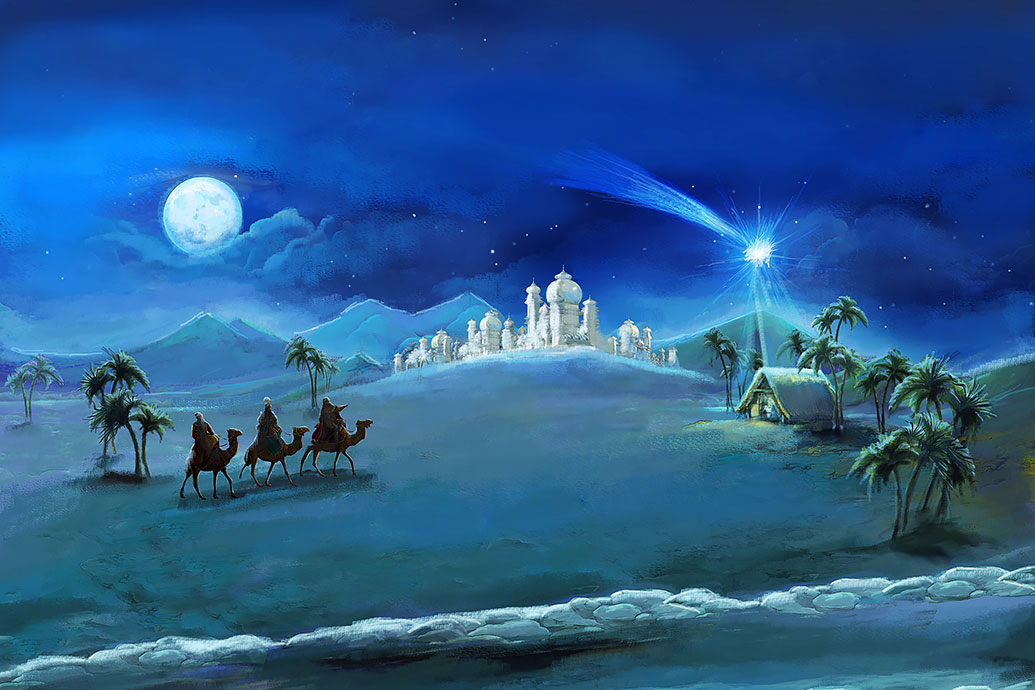 The wise men of the East came to the manger to pay homage to the newborn king.
The wise men of the East came to the manger to pay homage to the newborn king.The history of the Three Kings probably has its origin in the Gospel of Matthew. There you can read that wise men, magicians and astrologers came from the East to pay homage to the newborn king by visiting him. Like the shepherds, they followed the shining star that had just risen in the sky, which led them to the manger in the stable of the Holy Family. The star had led them to a special birth the birth of Jesus.
More posts

Christmas Eve: Why do we celebrate it?
According to its original meaning, Christians gather on Christmas Eve to celebrate the birth of Jesus. Non-Christian people also celebrate this day as a family holiday with presents. Learn more about the history and meaning of the day as well as traditional Christmas Eve dishes in this article.
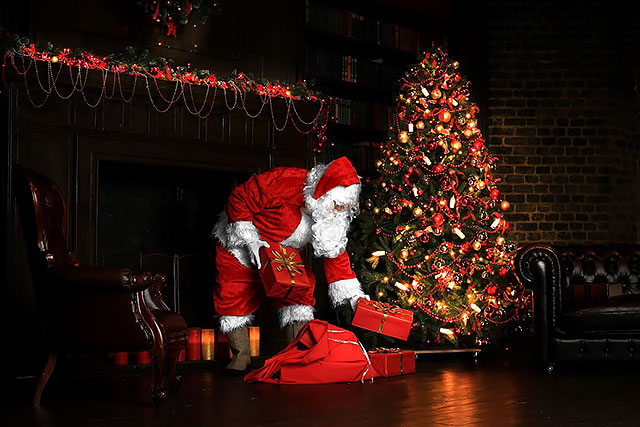
Father Christmas: Who is he really?
As Christmas season approaches, children big and small begin to wait patiently for Father Christmas to arrive. But where does the symbolic figure of Father Christmas come from? And what does he look like in other countries? We give you the answers to these and many other questions in this article.

Advent Calendar: History & Meaning
For most people, it is impossible to imagine the pre-Christmas season without it. But where does the tradition of opening a little door each day actually come from? How long have Advent calendars been around and how have they changed over time?

